Archives
- 2025-11
- 2025-10
- 2025-09
- 2025-03
- 2025-02
- 2025-01
- 2024-12
- 2024-11
- 2024-10
- 2024-09
- 2024-08
- 2024-07
- 2024-06
- 2024-05
- 2024-04
- 2024-03
- 2024-02
- 2024-01
- 2023-12
- 2023-11
- 2023-10
- 2023-09
- 2023-08
- 2023-06
- 2023-05
- 2023-04
- 2023-03
- 2023-02
- 2023-01
- 2022-12
- 2022-11
- 2022-10
- 2022-09
- 2022-08
- 2022-07
- 2022-06
- 2022-05
- 2022-04
- 2022-03
- 2022-02
- 2022-01
- 2021-12
- 2021-11
- 2021-10
- 2021-09
- 2021-08
- 2021-07
- 2021-06
- 2021-05
- 2021-04
- 2021-03
- 2021-02
- 2021-01
- 2020-12
- 2020-11
- 2020-10
- 2020-09
- 2020-08
- 2020-07
- 2020-06
- 2020-05
- 2020-04
- 2020-03
- 2020-02
- 2020-01
- 2019-12
- 2019-11
- 2019-10
- 2019-09
- 2019-08
- 2019-07
- 2019-06
- 2019-05
- 2019-04
- 2018-07
-
An AXL decoy receptor with enhanced GAS binding
2025-02-06

An AXL decoy receptor with enhanced GAS6-binding properties, MYD1, was engineered as a therapeutic tool to disrupt GAS6/AXL signaling in vivo (Kariolis et al., 2014). MYD1 was shown to block metastasis of human ovarian cancer 17-Hydroxyprogesterone synthesis and a murine breast cancer cell line in
-
br Materials and methods br Results To explore the potential
2025-02-06

Materials and methods Results To explore the potential role of autophagy in drug resistance, we firstly performed immunohistochemistry to compare the Morin Research of p62 in paired primary, metastatic, and recurrent tumor tissues from 26 ovarian cancer patients. The expression of p62 was rev
-
adenosine kinase br Concluding remarks Autophagy ensures
2025-02-06

Concluding remarks Autophagy ensures cell homeostasis and survival through the continuous degradation/recycling of intracellular components. It can also represent a conserved, cell-intrinsic, defense mechanism against invading pathogens, including viruses. The autophagy process can be activated r
-
br Breast cancer The interactions between LOX and COX
2025-02-06

Breast cancer The interactions between 15-LOX and COX enzymes also affect the outcome of breast cancer. Indomethacin, a COX-1 and COX-2 inhibitor, decreased the growth of human breast cancer (BC) cells in nude mice, as well as slowed the rate of lung metastasis formation [41]. The levels of 12-HE
-
br Results br Discussion Both ATM
2025-02-06
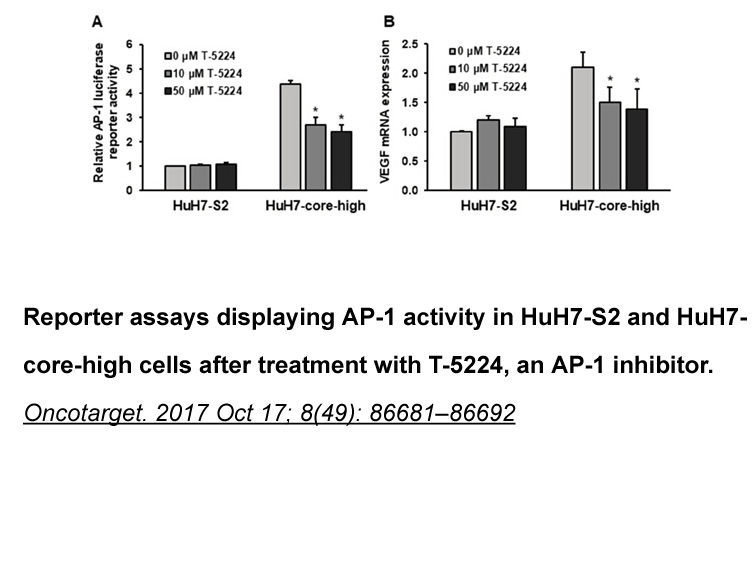
Results Discussion Both ATM and ATR are key regulators of the cellular response to DSBs, yet how exactly they function in concert is not well understood. Recent studies revealed that ATM is required for the resection of DSBs (Jazayeri et al., 2006, Myers and Cortez, 2006), a process necessary
-
br Introduction Throughout early prophase I meiotic
2025-02-06

Introduction Throughout early prophase I, meiotic cells intentionally generate DSBs as part of a stringently controlled process to initiate homologous recombination (HR). HR is a critical DSB repair pathway that ultimately permits the exchange of genetic information between homologous chromosomes
-
The levels of Mcl and FLIP are homeostatically controlled by
2025-02-06
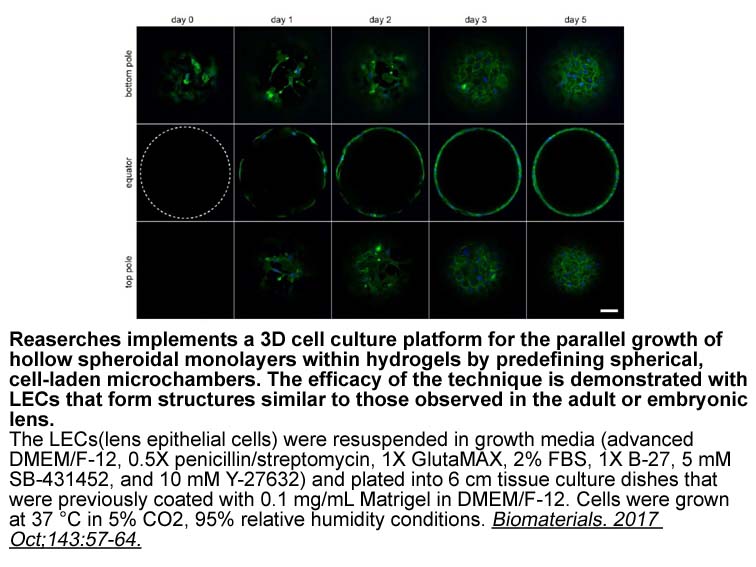
The levels of Mcl-1 and FLIP are homeostatically controlled by transcriptional and posttranslational processes. Accumulating evidence suggested that intracellular signaling molecules such as Akt are crucial to the transcription of Mcl-1 and FLIP [30], [31]. The constitutive activation of Akt is dete
-
Although the role of apelin and APJ receptor in
2025-02-06

Although the role of apelin and APJ receptor in cardiovascular functions has been well-elucidated, little is known for the effect of the central apelinergic system on gastrointestinal (GI) functions. In mice, it has been found previously that central exogenous apelin-13 decreased gastric emptying (G
-
br Acknowledgments br Introduction Angiotensin II
2025-02-05
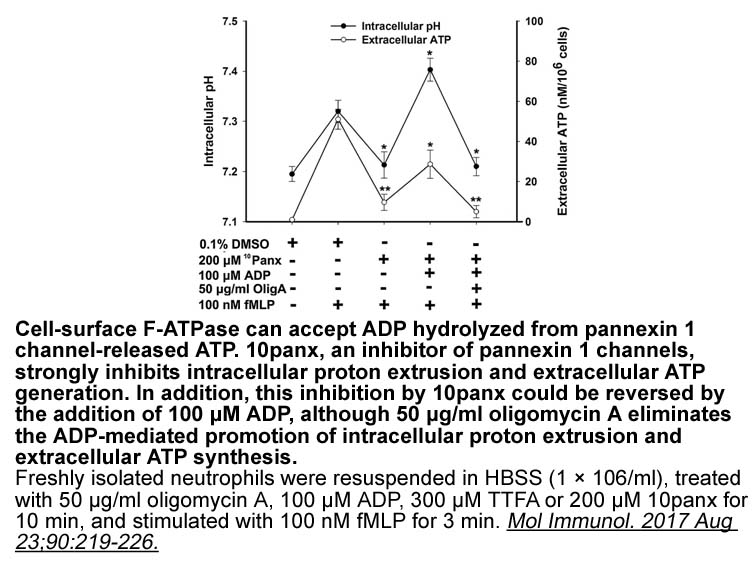
Acknowledgments Introduction Angiotensin II (AngII) is among the most potent vasoactive substances produced in humans. Its effects are numerous, from vasoconstriction to control of fluid and electrolytes balances. Many of the physiological and pathological effects of AngII are mediated by the
-
We provide here direct evidences that AT receptors are
2025-02-05
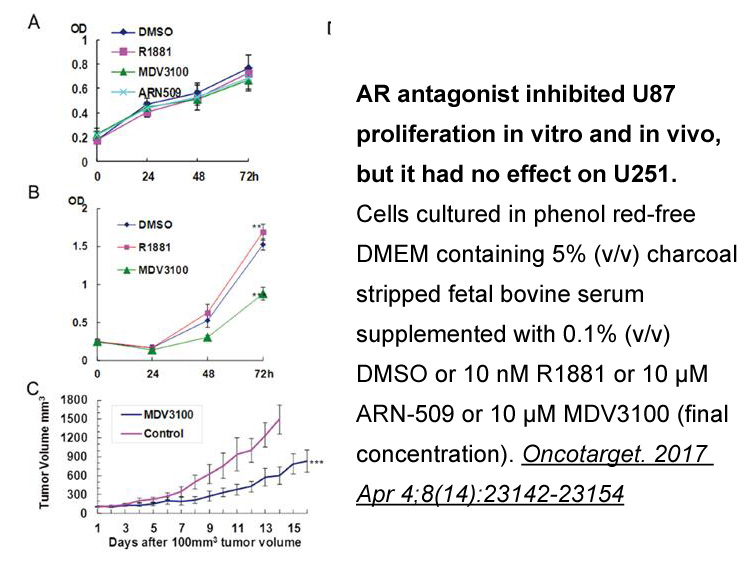
We provide here direct evidences that AT1 receptors are active in ADSCs since Ang II induces intracellular Ca mobilization in these cells. Data obtained during the observation of Ca influxes led us to the search for the ADSCs subpopulation constantly expressing AT1 receptor. ADSCs are necessary for
-
N terminally extended antigenic peptide precursors
2025-02-05
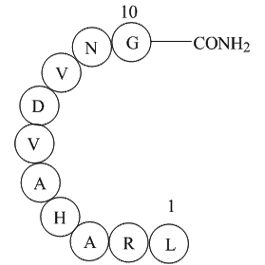
N-terminally extended antigenic peptide precursors that survive cytosolic degradation and enter the ER, need to be further processed by ERAP1 and/or ERAP2, in order to acquire the right length required for MHCI binding. ERAP1 (ERAAP in mouse) is an IFN-γ-inducible, metalloaminopeptidase that trims N
-
In the present study AP B preferentially released hydrophobi
2025-02-05
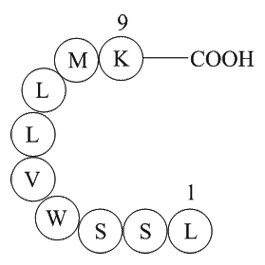
In the present study, AP31-B preferentially released hydrophobic rock pathway such as leucine and alanine from N-terminal of peptide (Fig. 4). The debittering ability of AP31-B seemed to depend on such substrate specificity, but additional tests against other hydrophobic amino acids are needed to co
-
Last decade has provided a number
2025-02-05
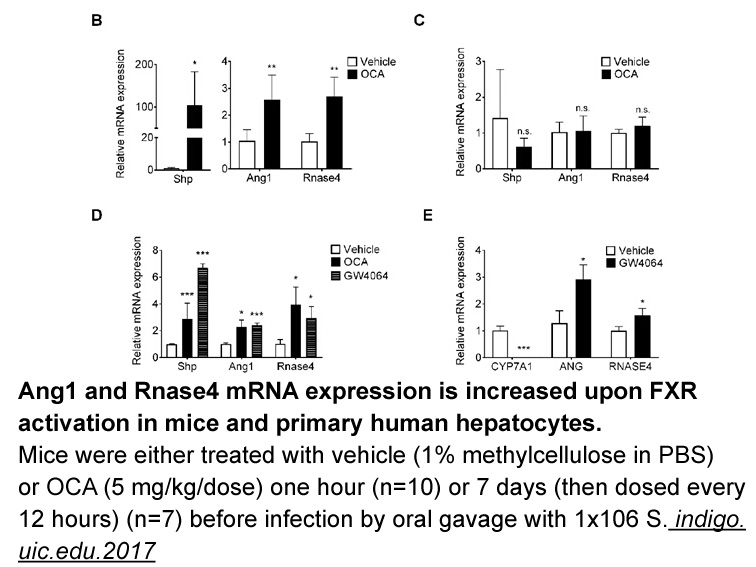
Last decade has provided a number of studies indicating that AhR signaling could play a role both in the development and in progression of multiple cancer types, with potential implications for cancer therapy (for review see (Kolluri et al., 2017; Murray et al., 2014)). Activation of AhR is consider
-
br Adenosine as a mediator of procedures used to manage
2025-02-05
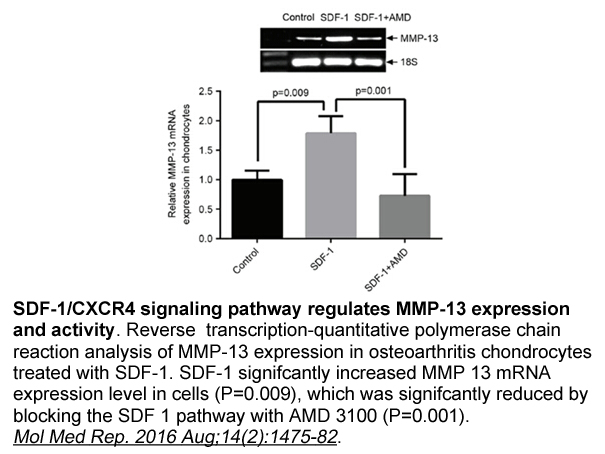
Adenosine as a mediator of procedures used to manage pain The issue of caffeine Caffeine, from dietary sources, is perhaps the most widely consumed behaviorally active agent in the world (Fredholm et al., 1999). Initial characterization indicated caffeine had a higher affinity at A1−, A2A− and
-
Adenosine receptors activate a number of signalling pathways
2025-02-05

Adenosine receptors activate a number of signalling pathways involved in tissue survival including several mitogen-activated protein kinases (Fredholm et al., 2001). The common feature of all adenosine receptors is the positive coupling to ERK1/2, whilst A2B and A3 receptors can also activate the st
15476 records 20/1032 page Previous Next First page 上5页 1617181920 下5页 Last page